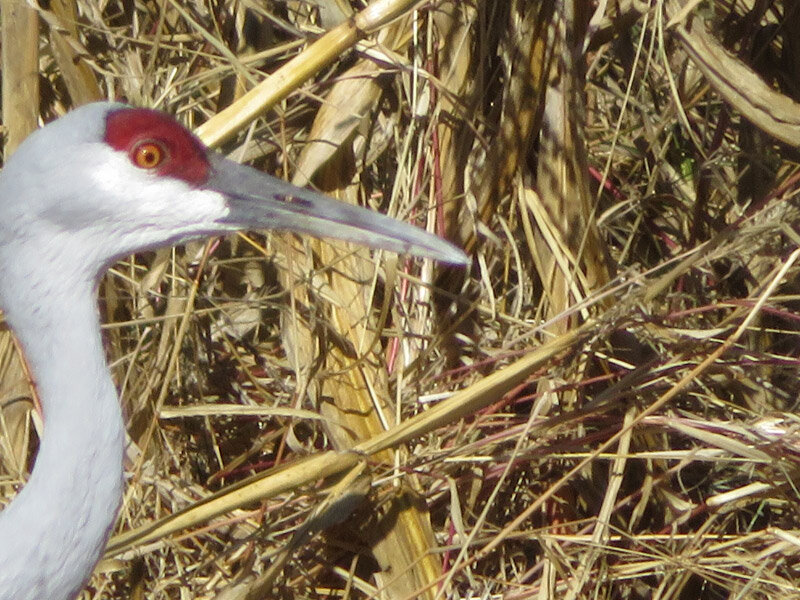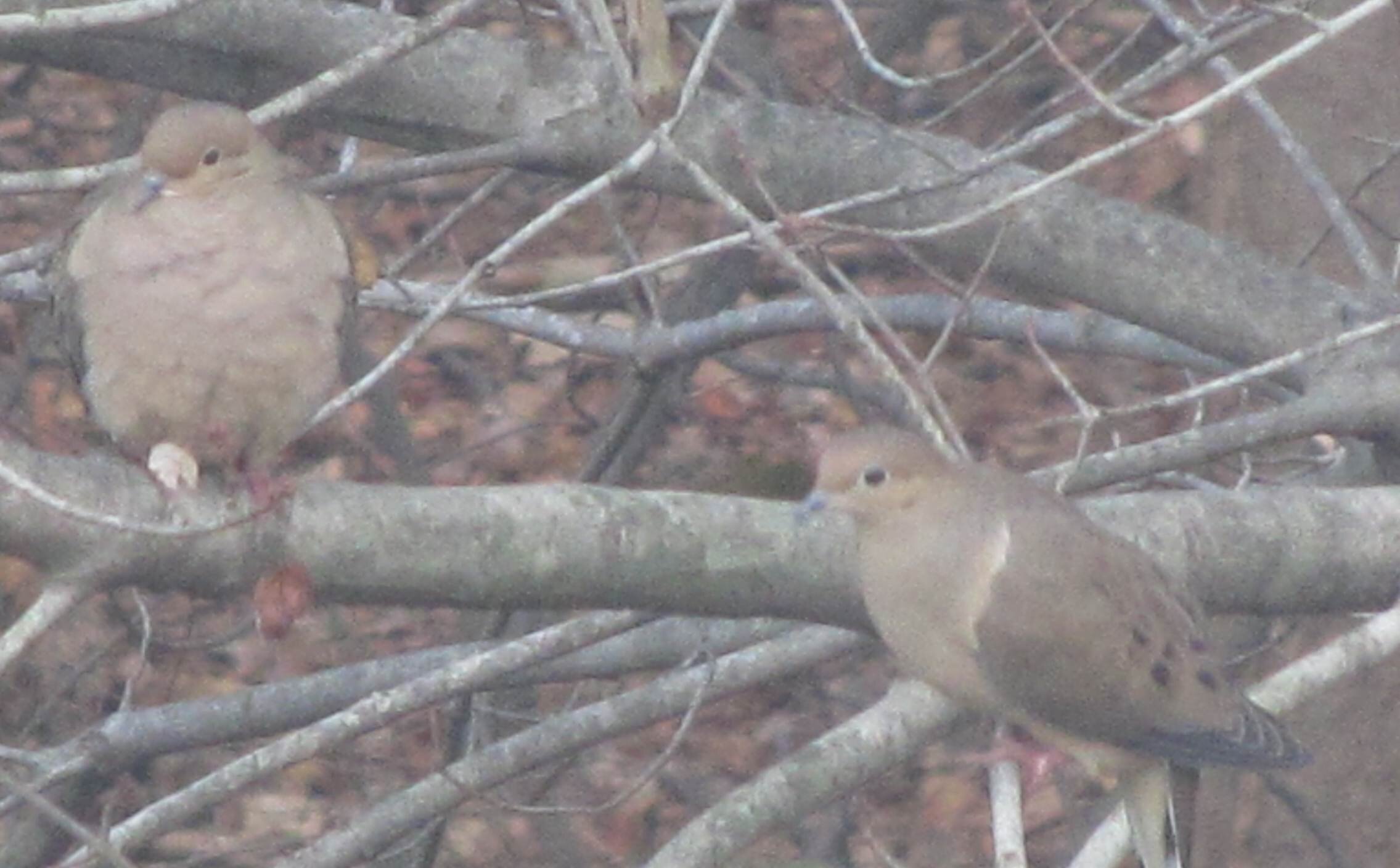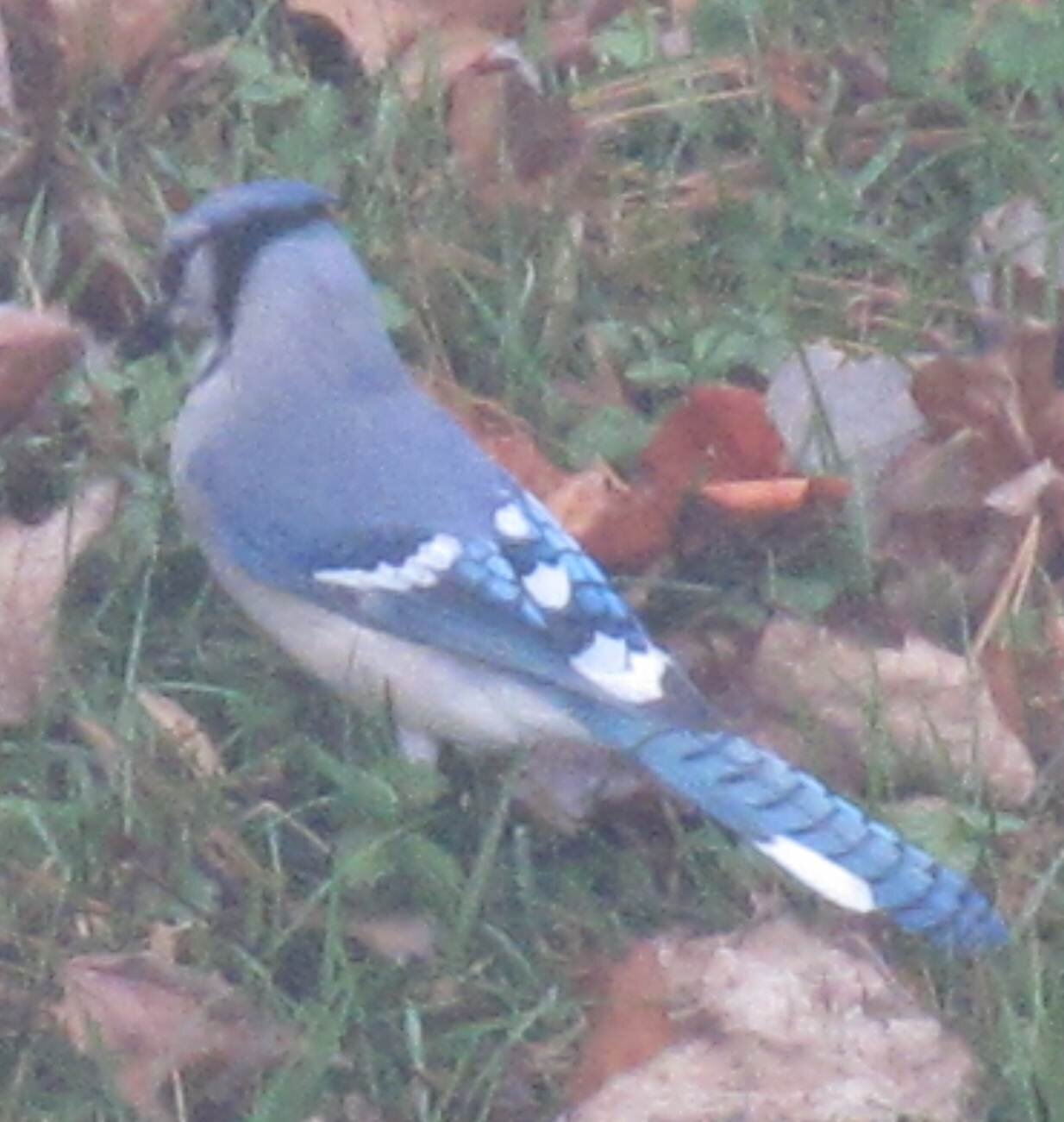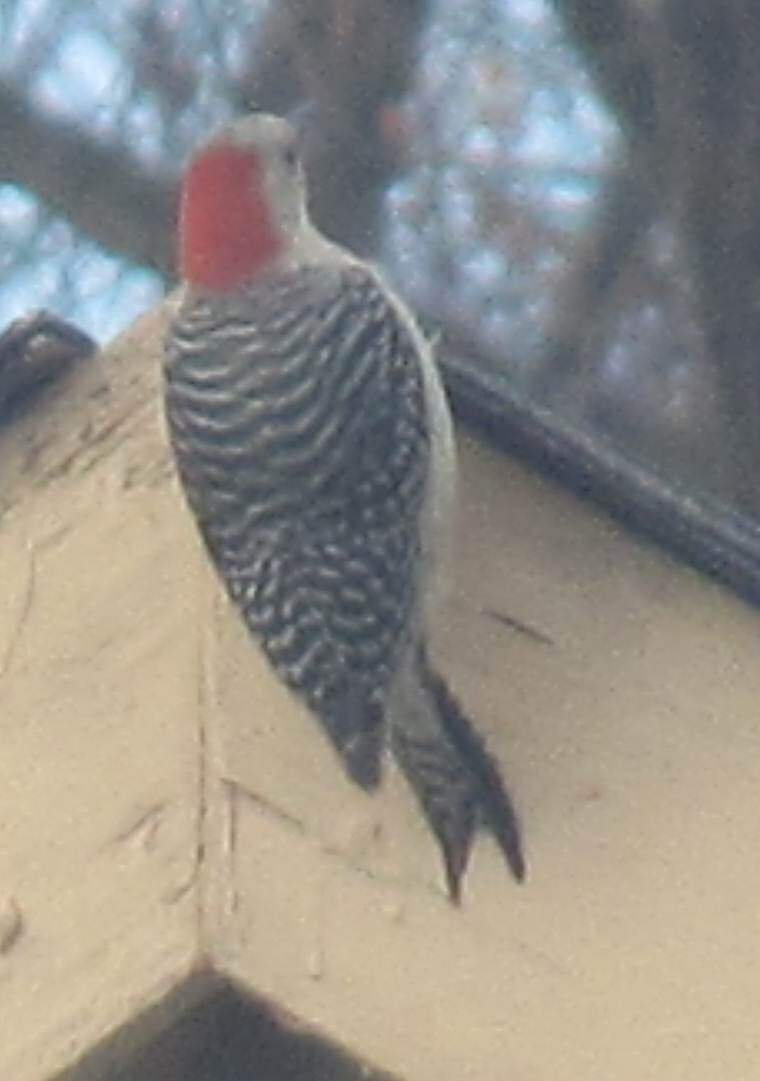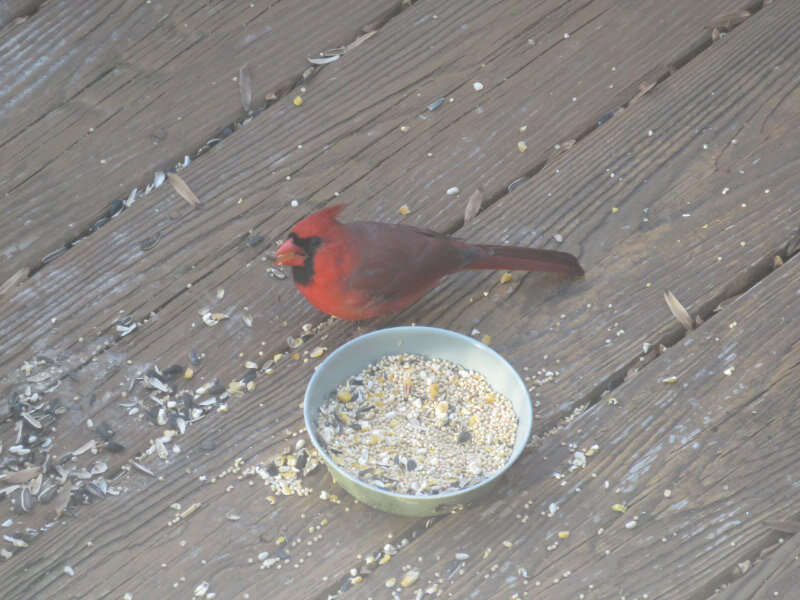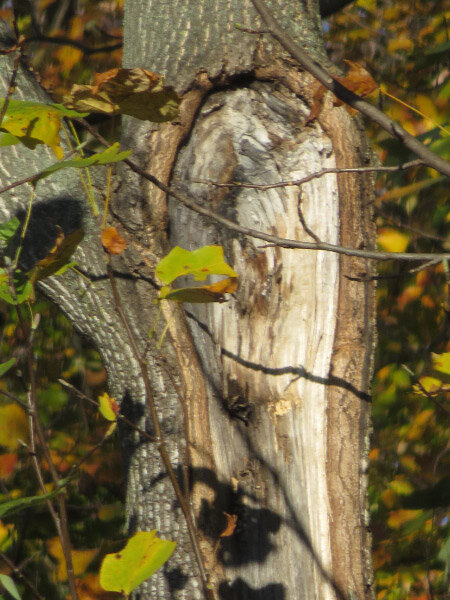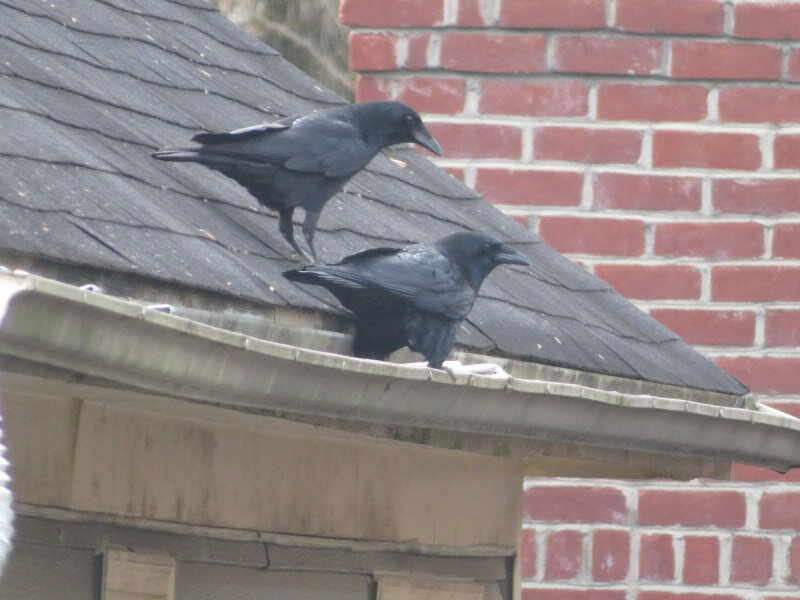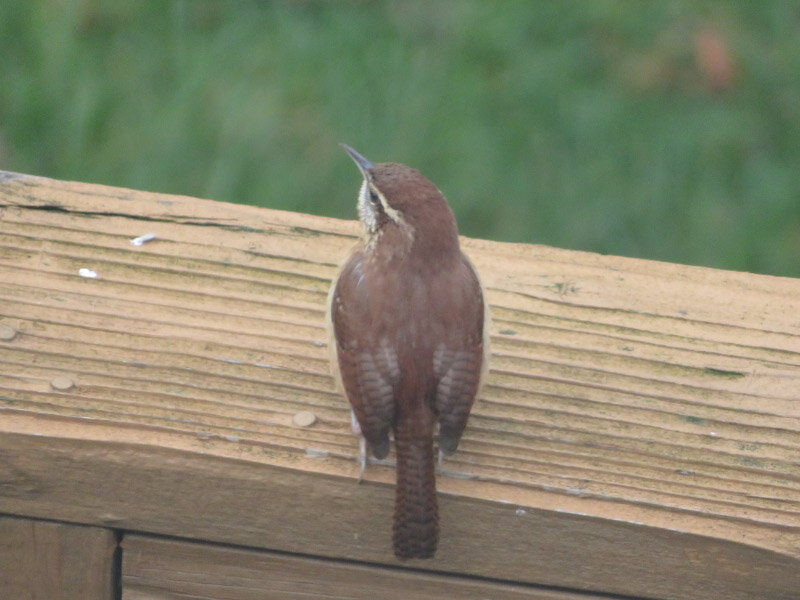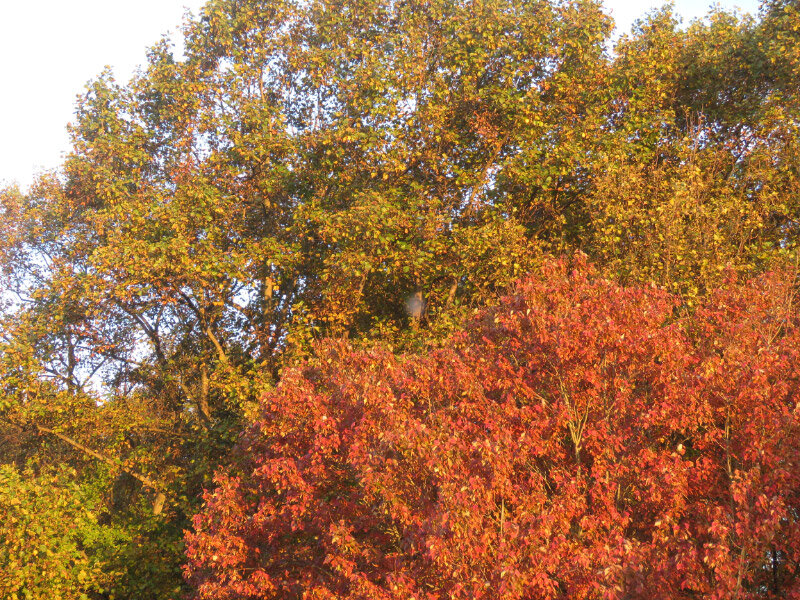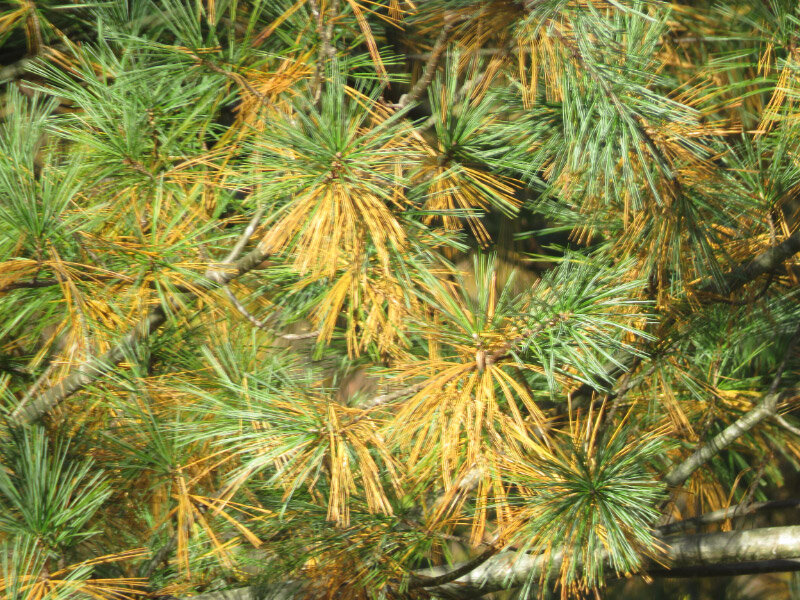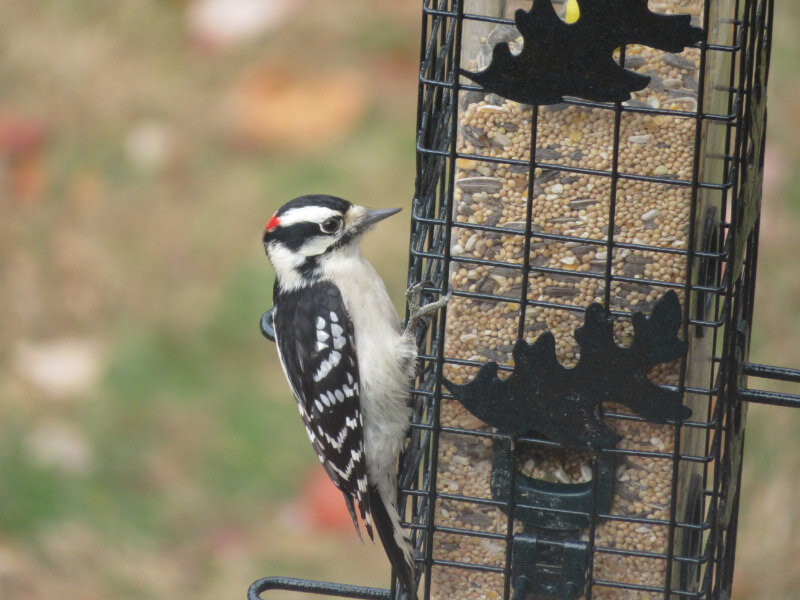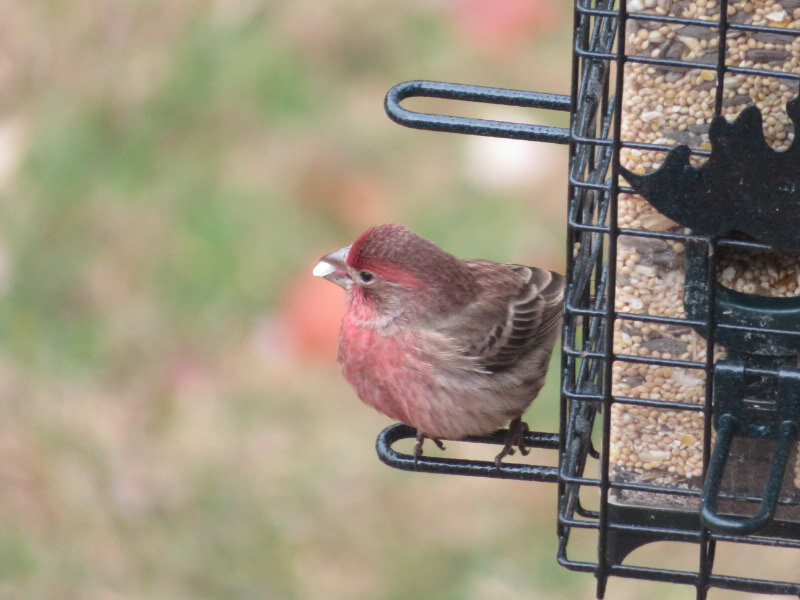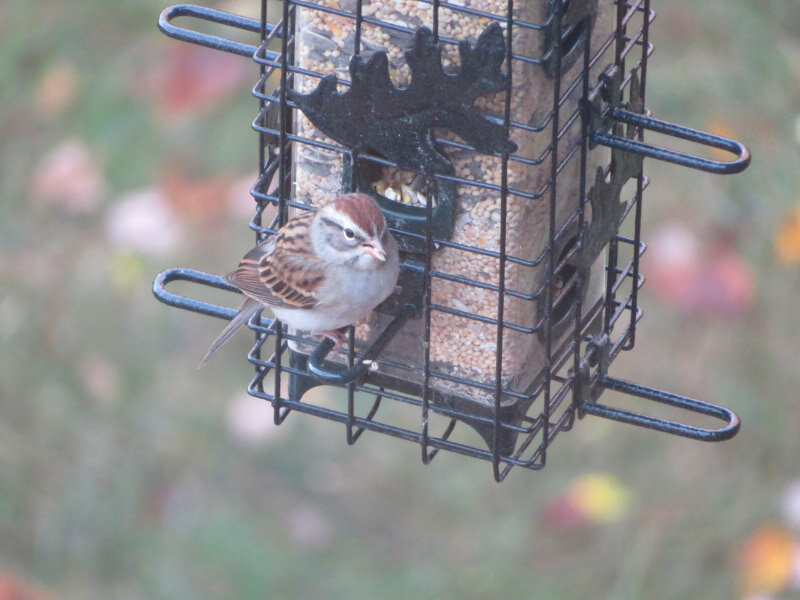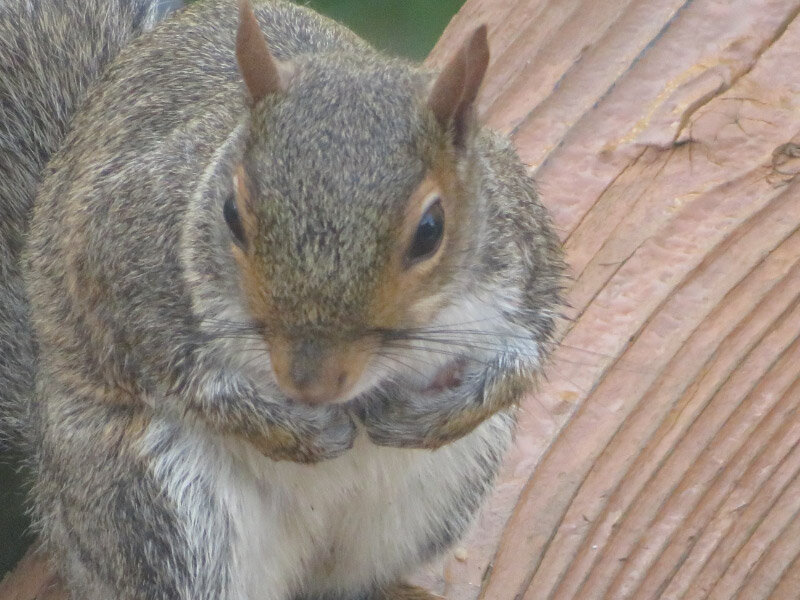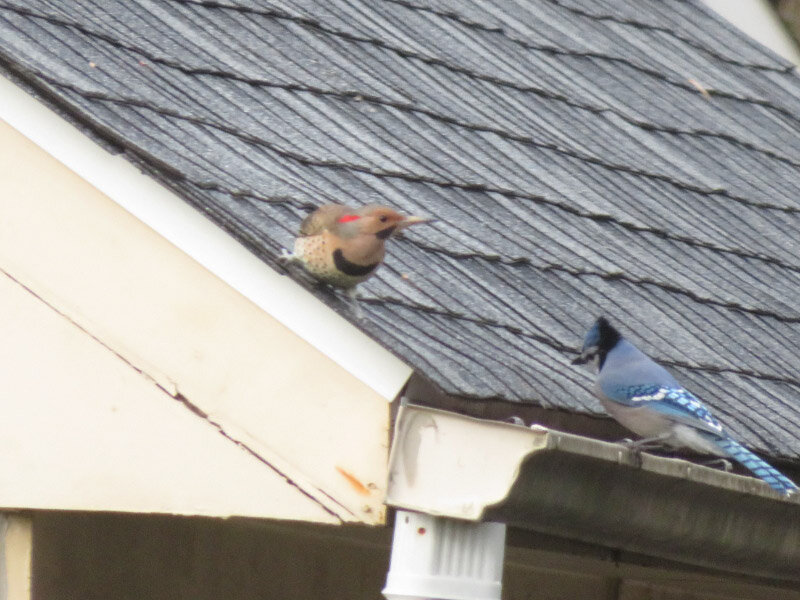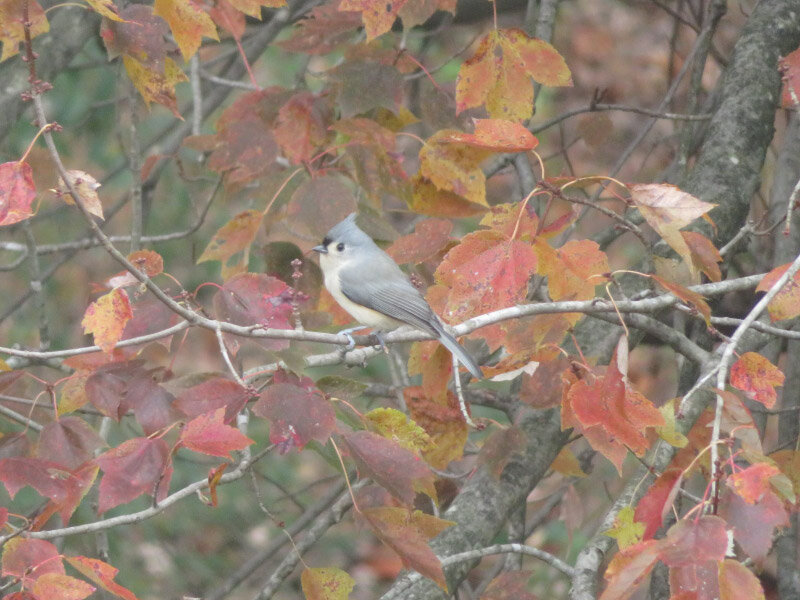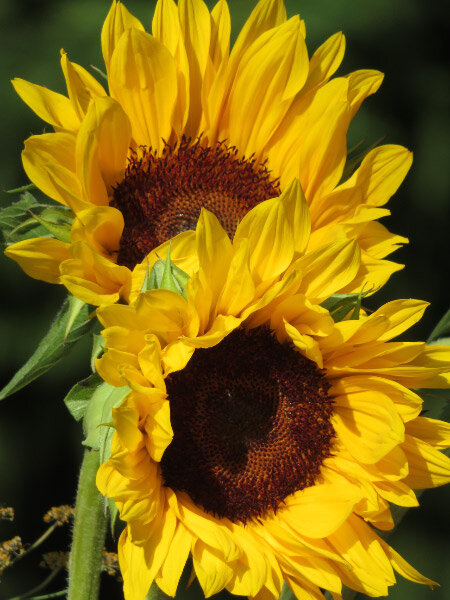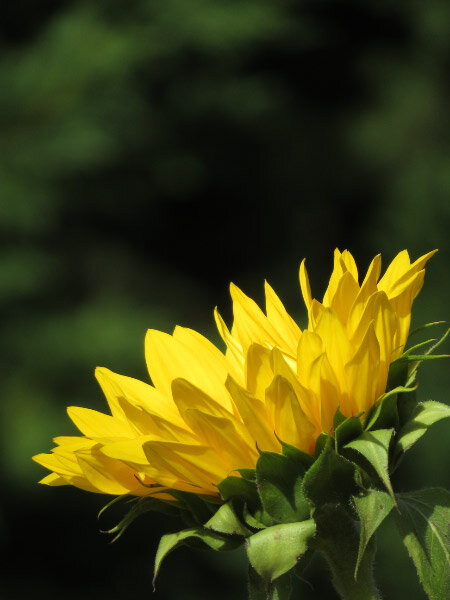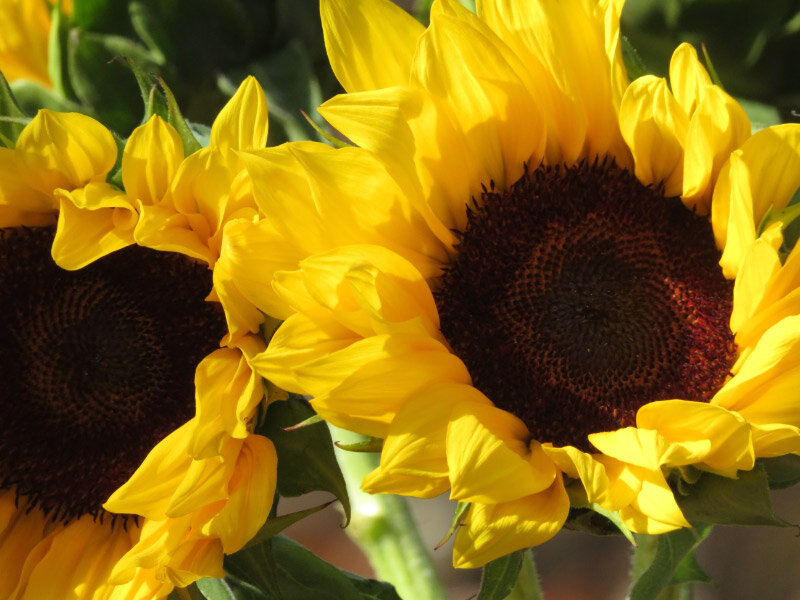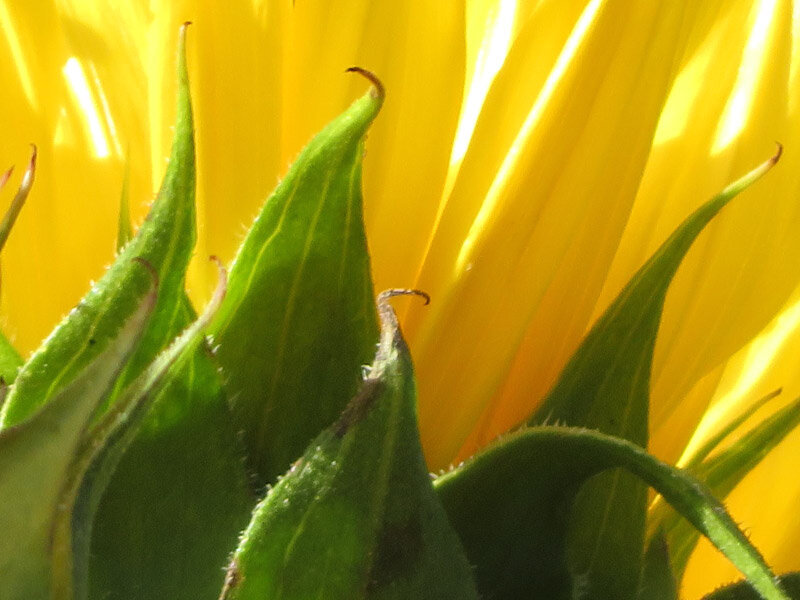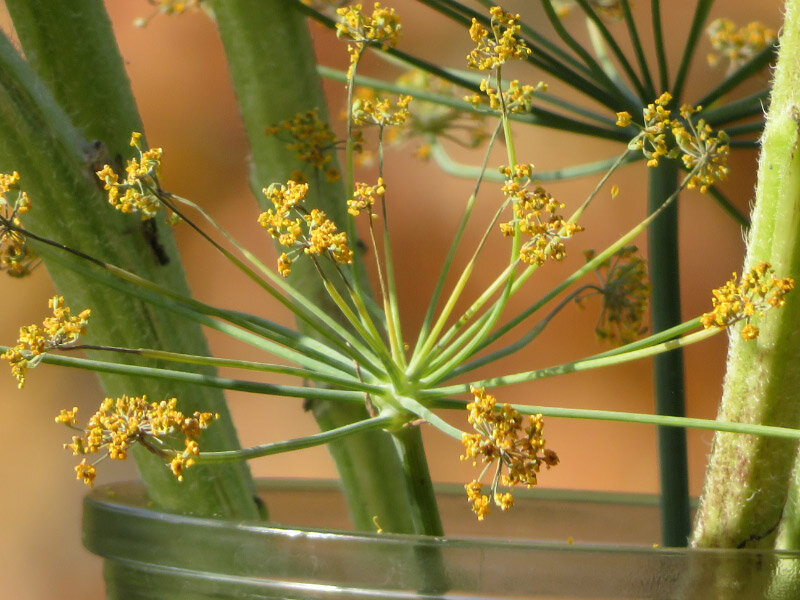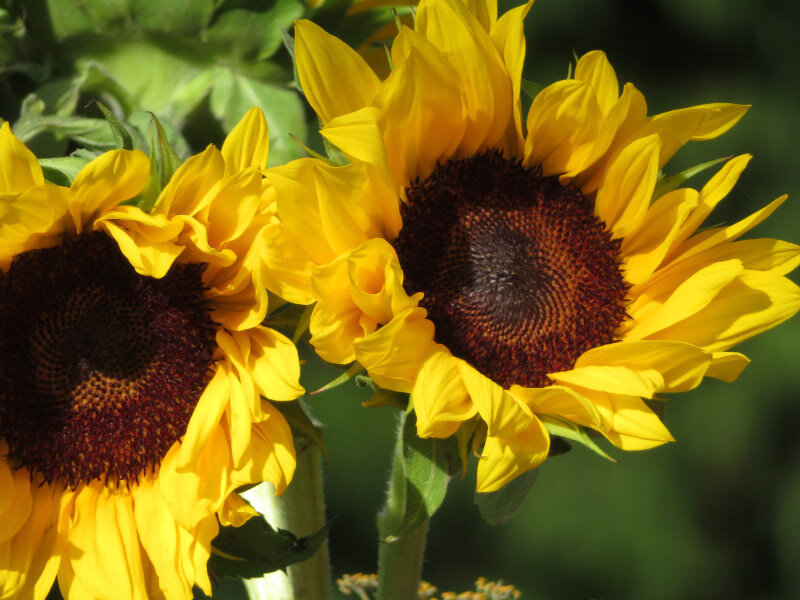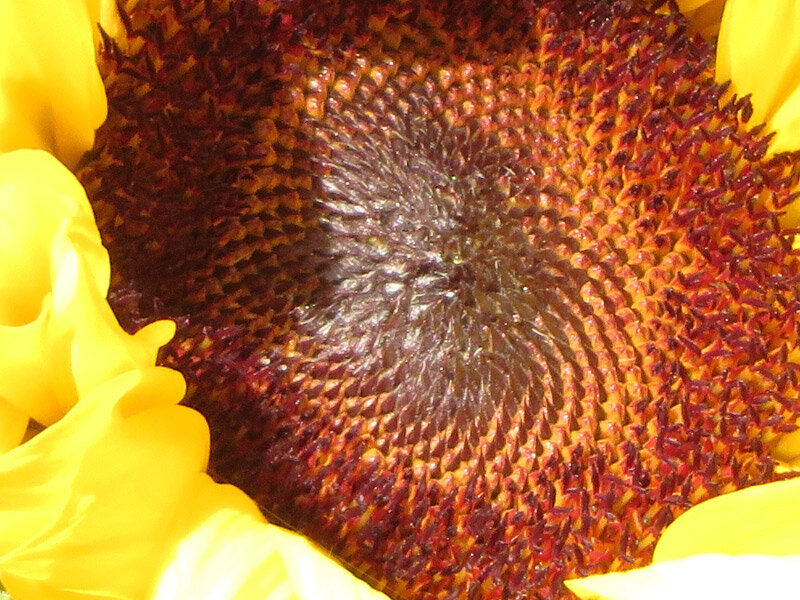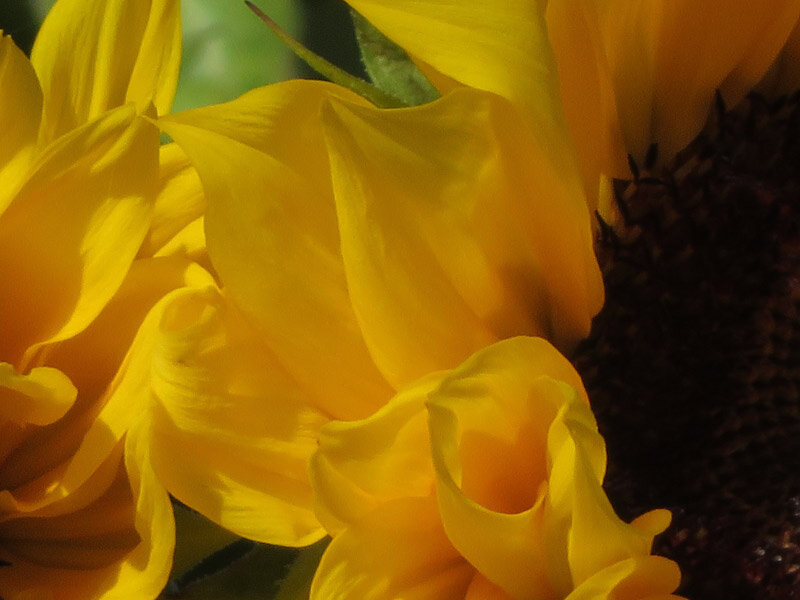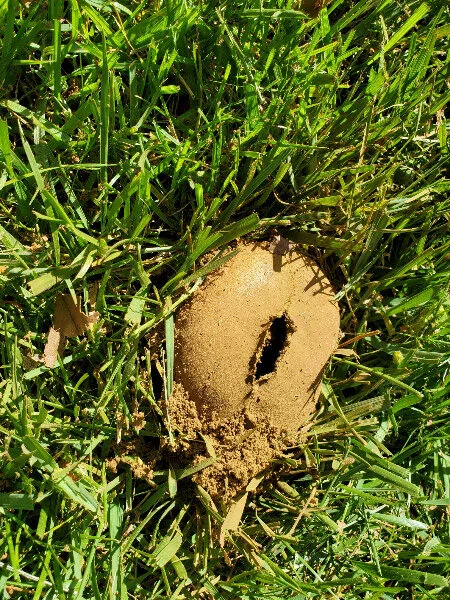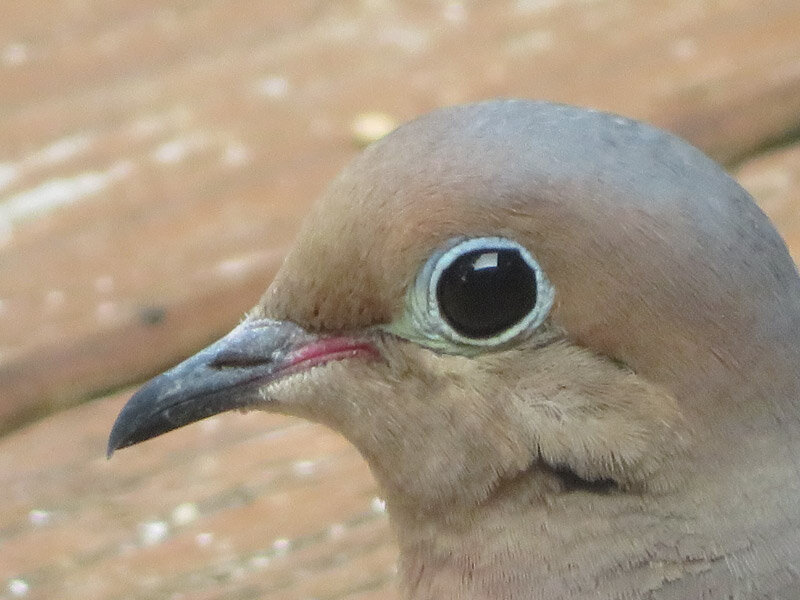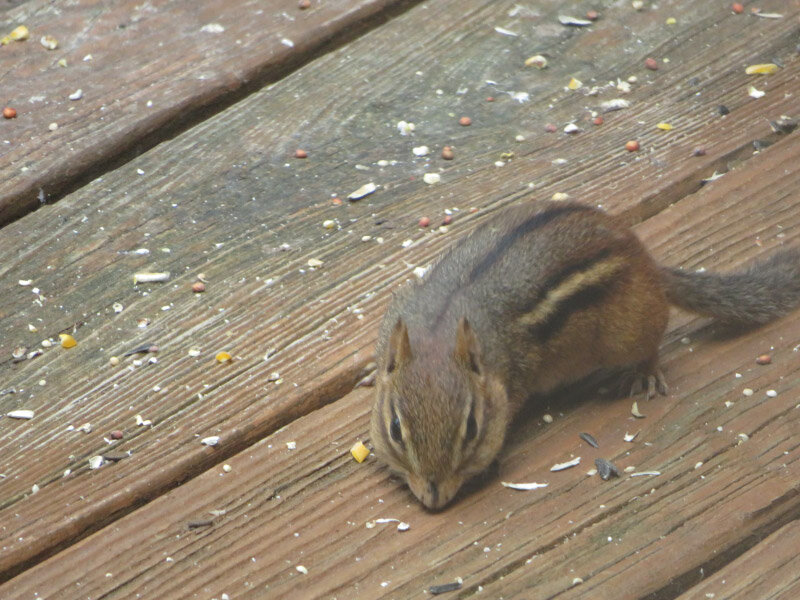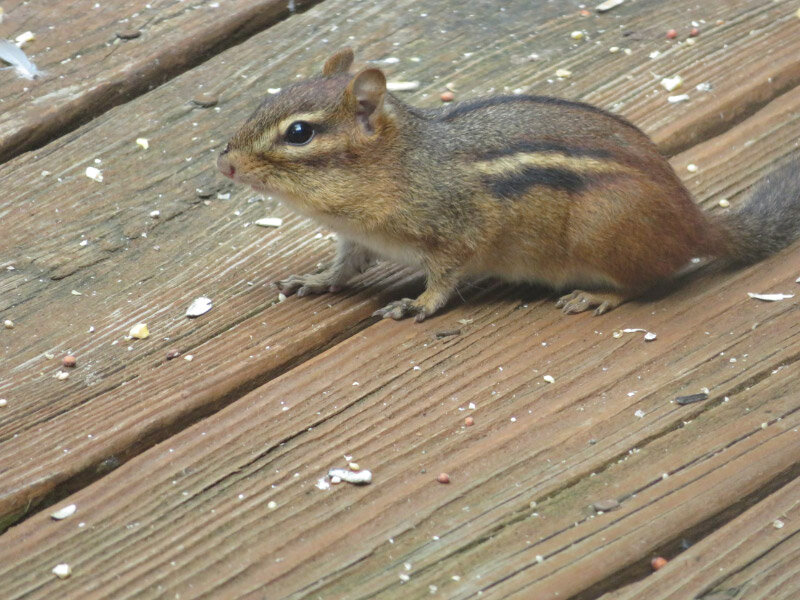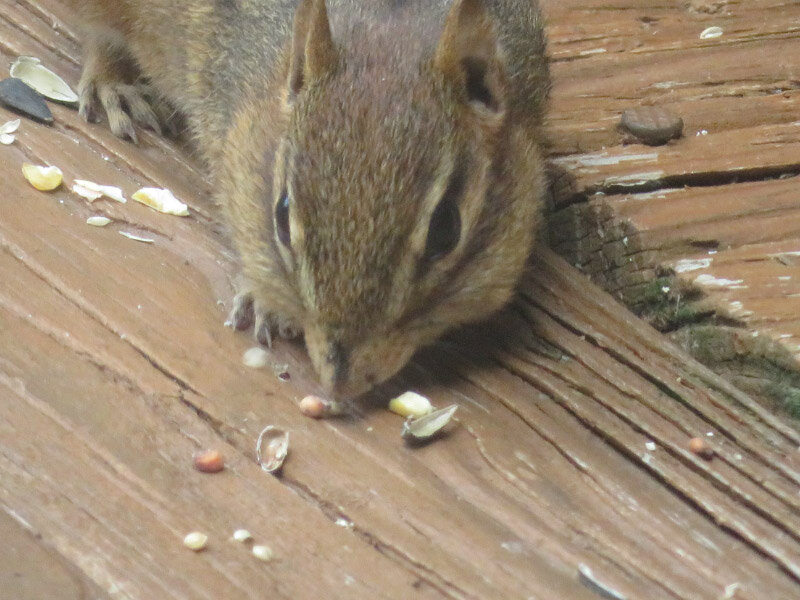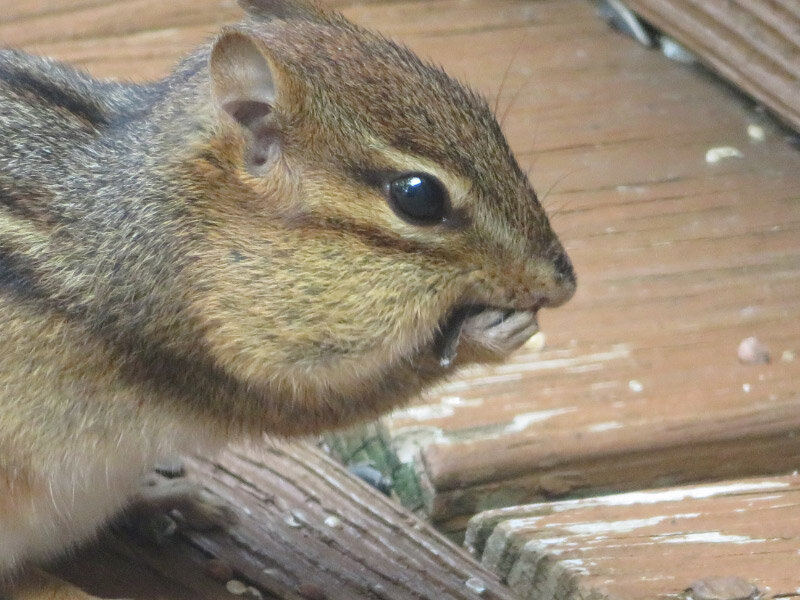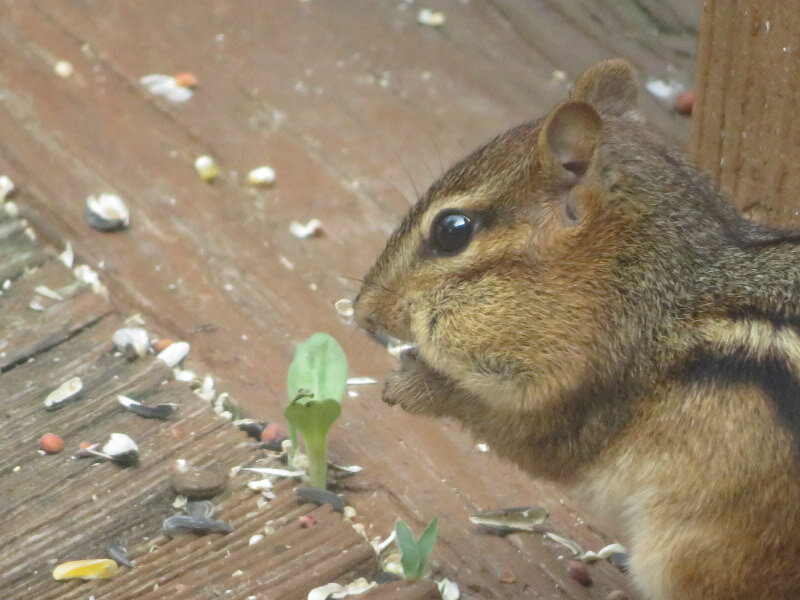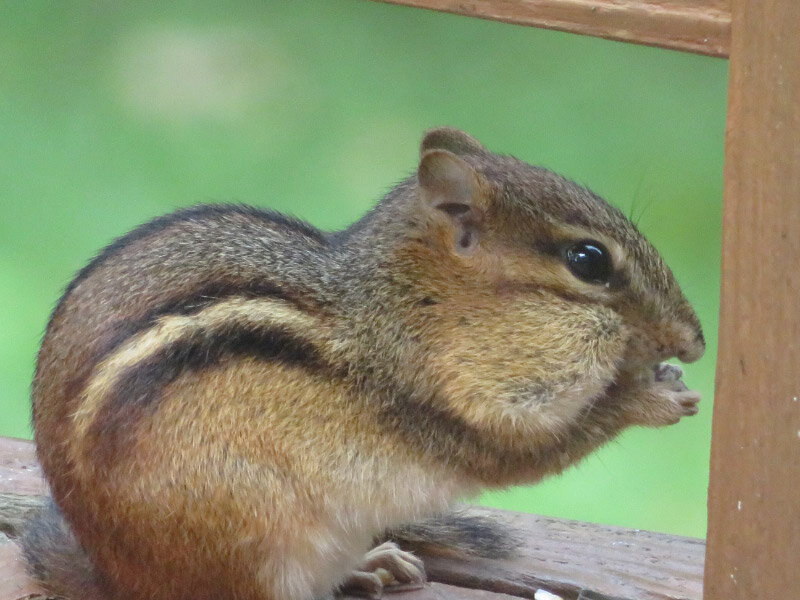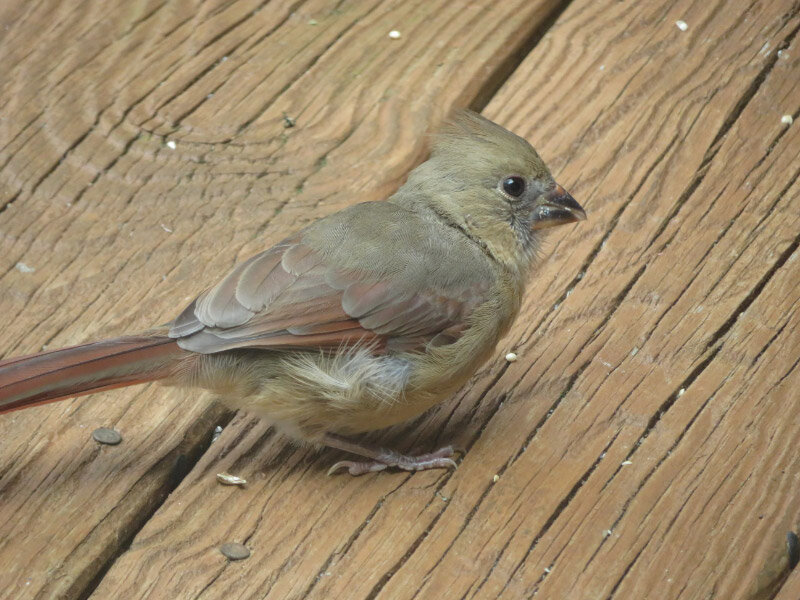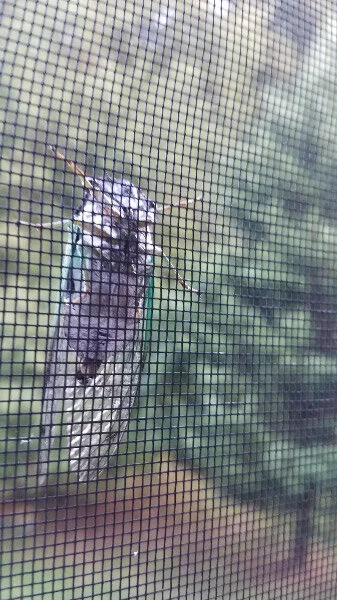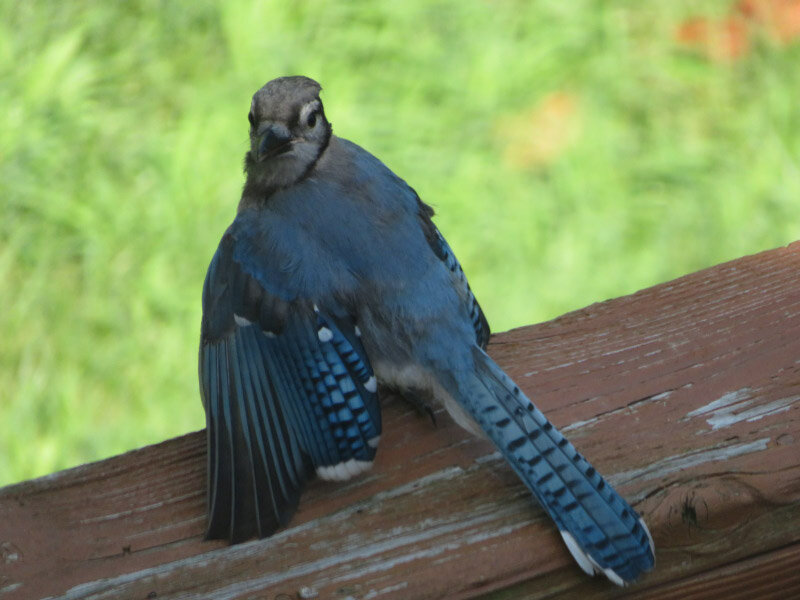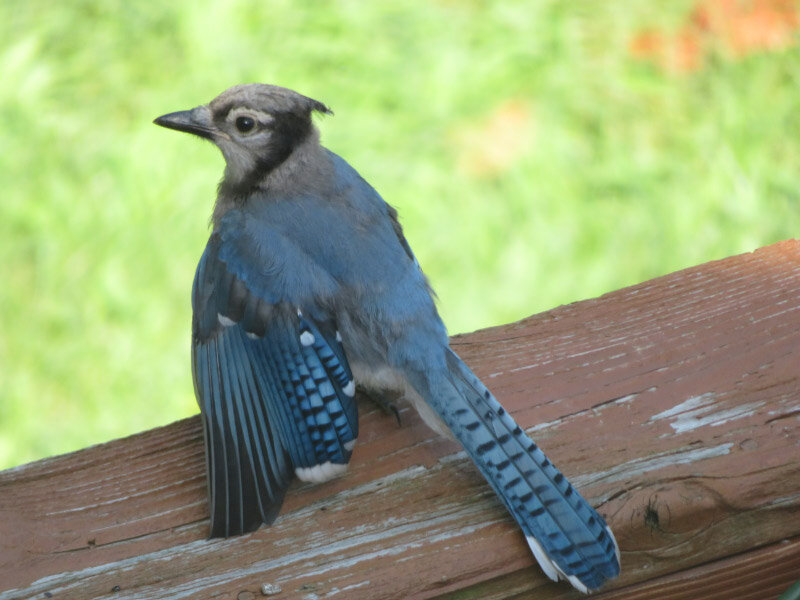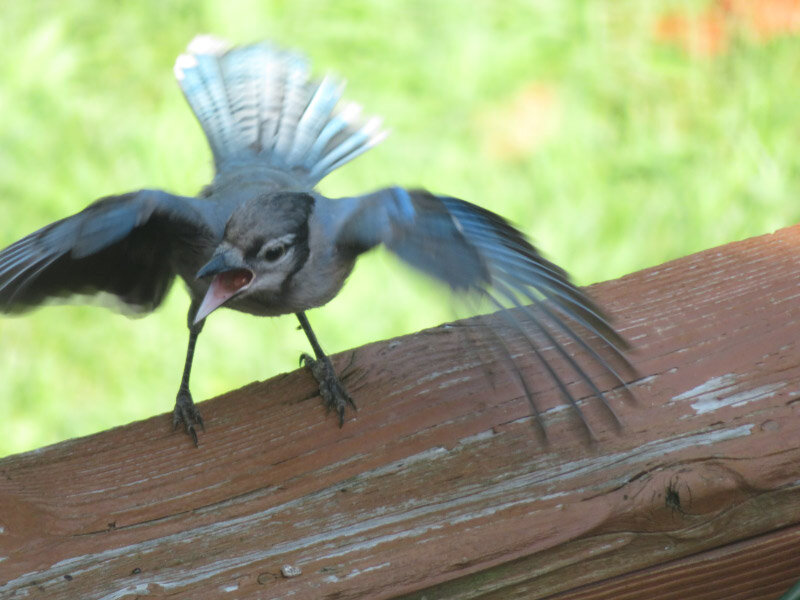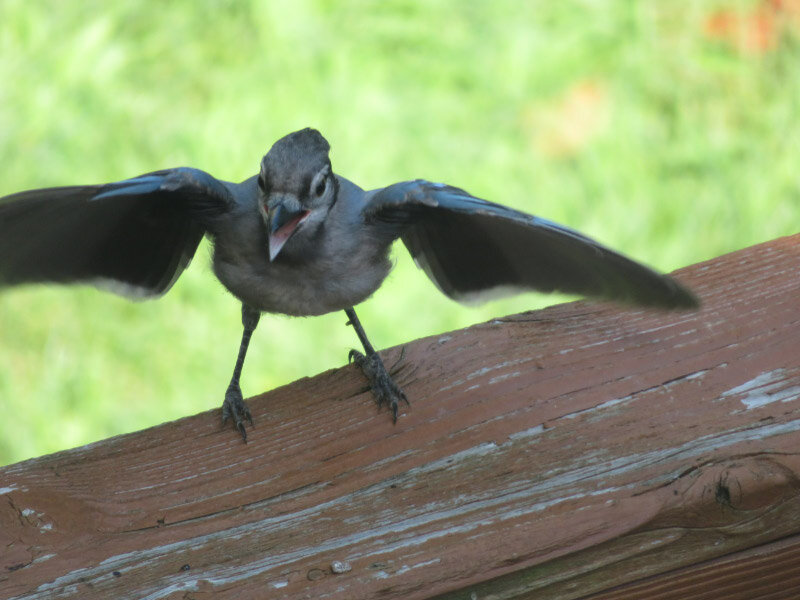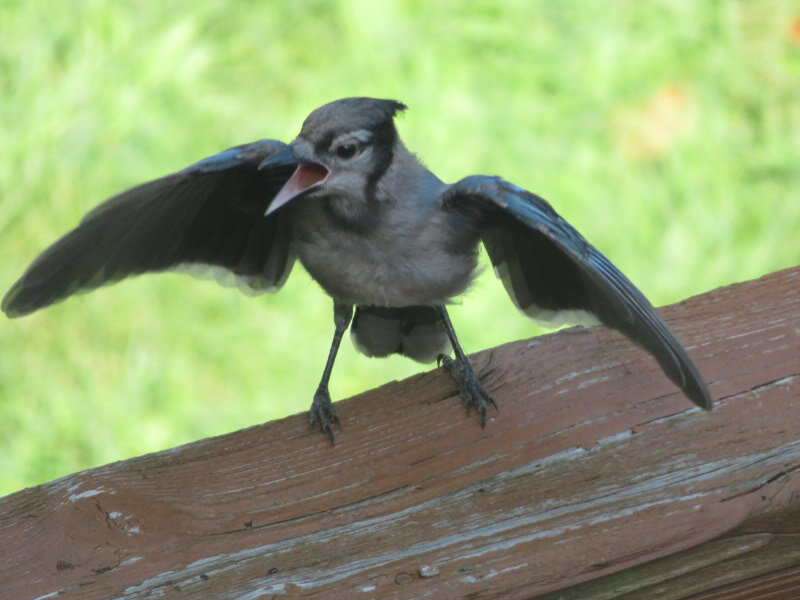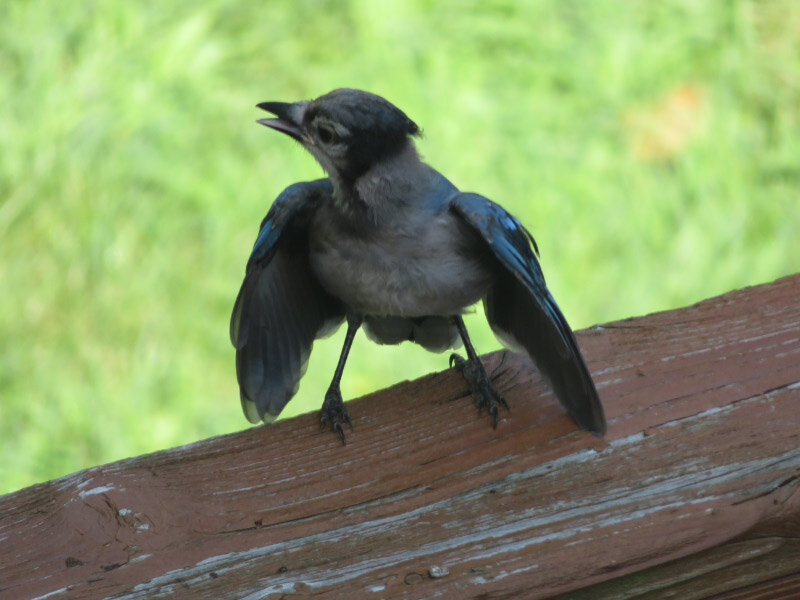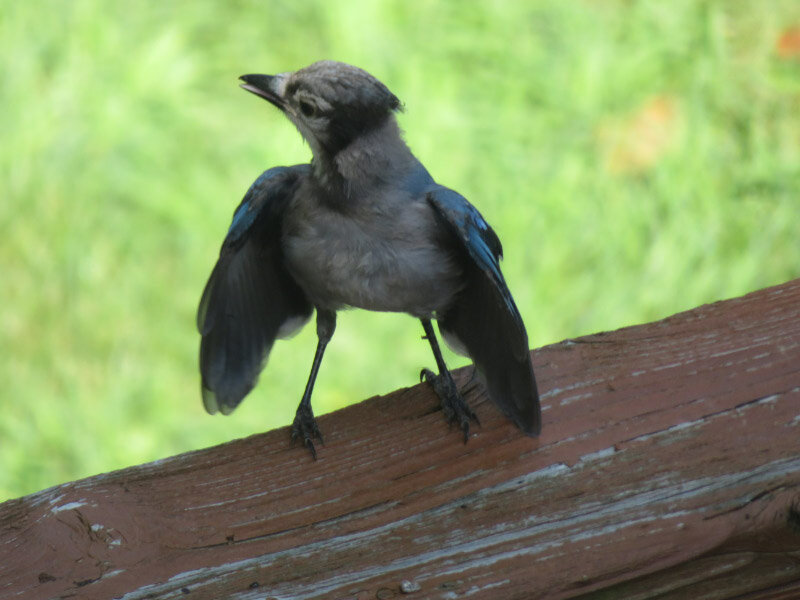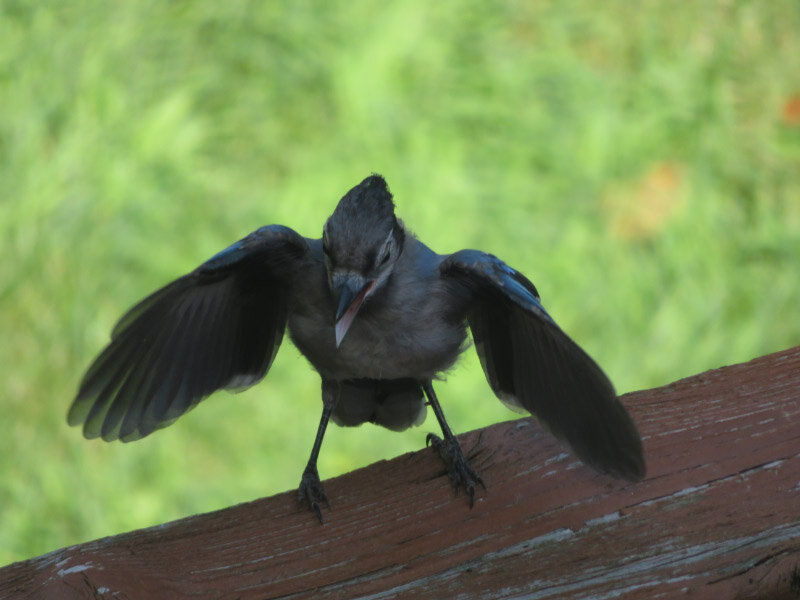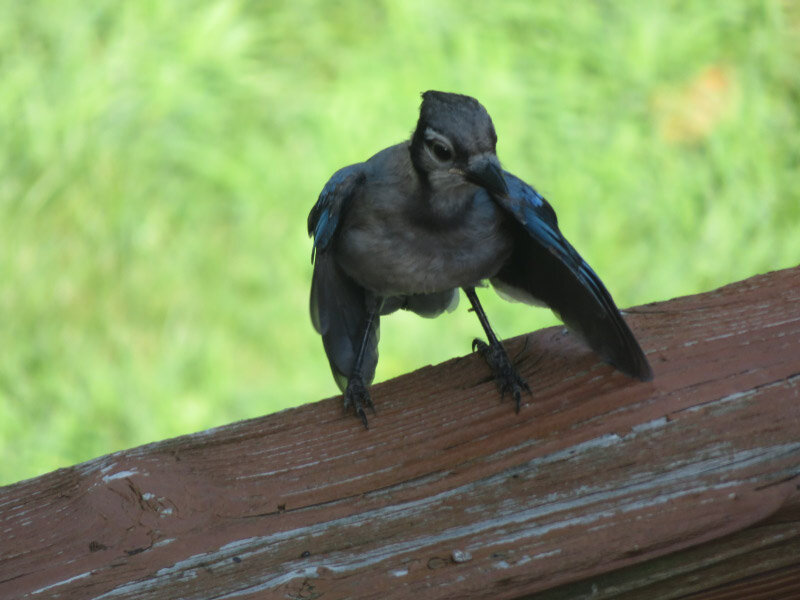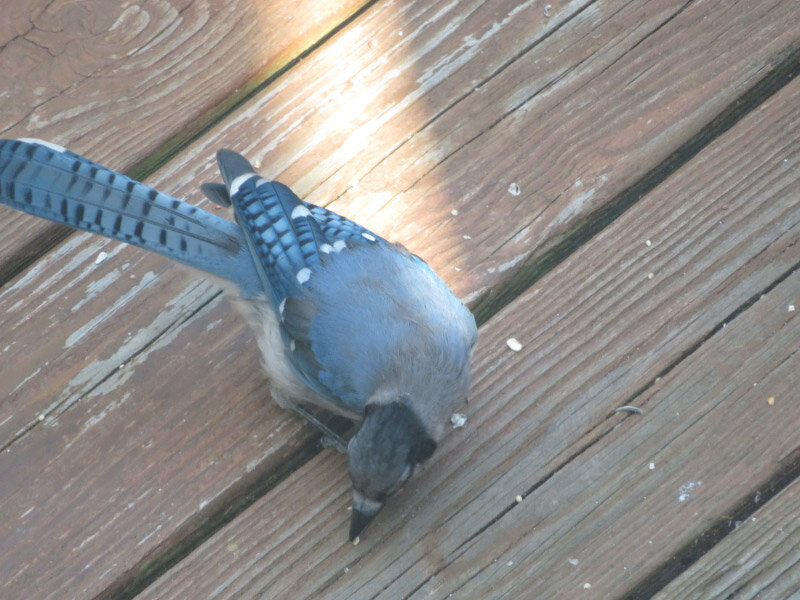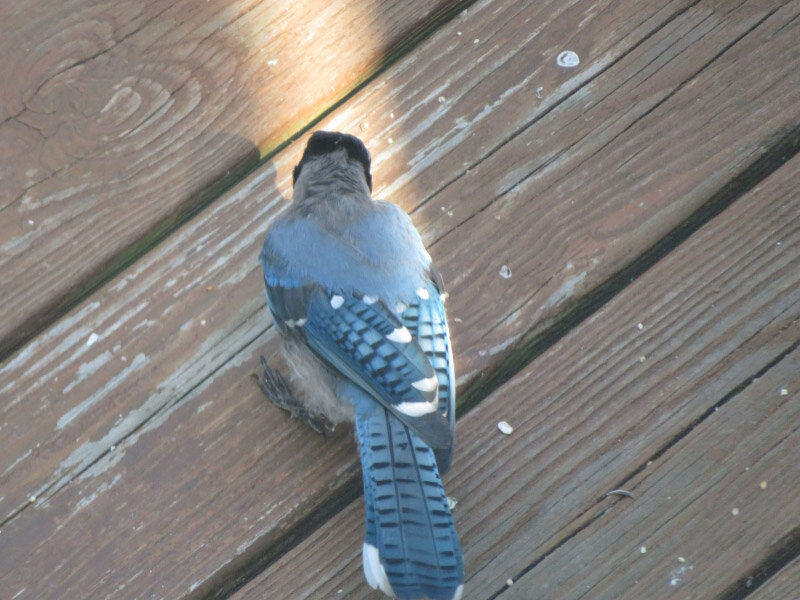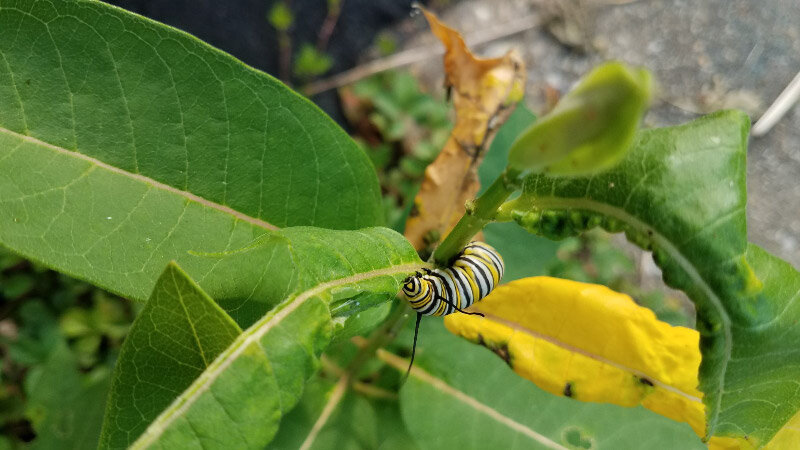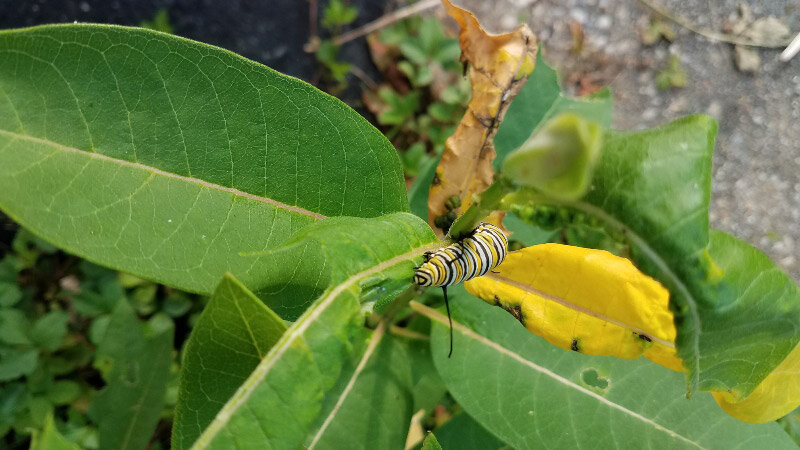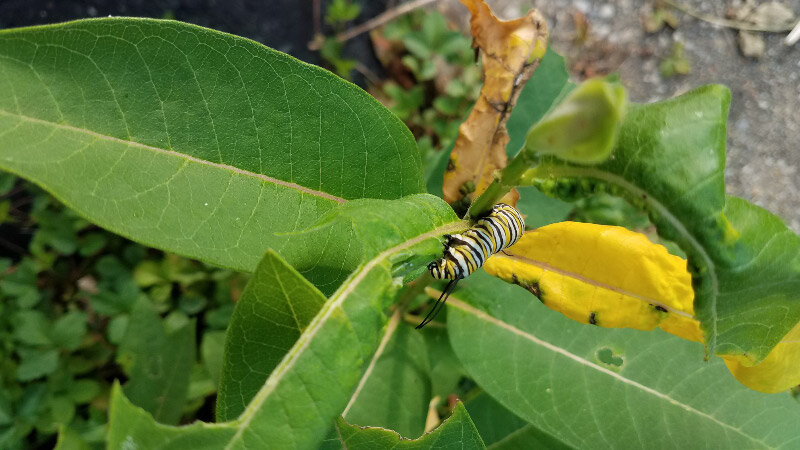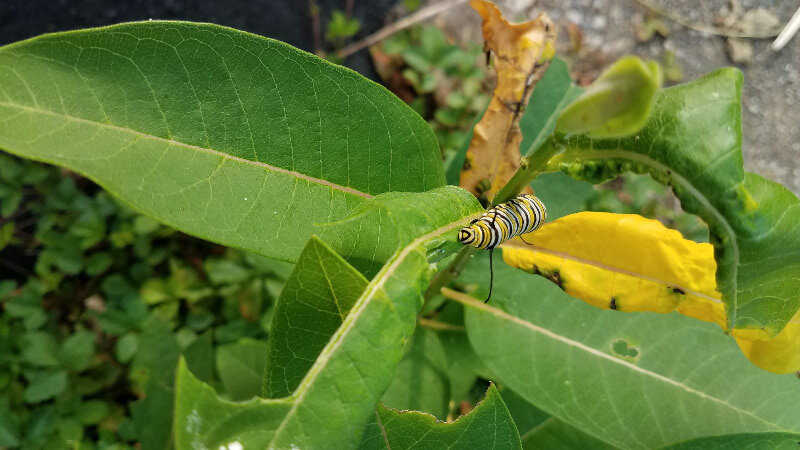Gleanings of the Week Ending November 14, 2020
/The items below were ‘the cream’ of the articles and websites I found this past week. Click on the light green text to look at the article.
Mapping out rest stops for migrating birds: New metric can help determine when birds fly over a site or stop to refuel or rest -- ScienceDaily – Stopover-to-passage ratio during migration research involves analysis of weather radar data collected since the 1990s…teasing out bird movement from precipitation! Results so far have included some surprises (and there are probably more to come as more of the historical data is processed and the processing becomes more and more sophisticated).
This Crocodile Dad Gives Over 100 of His Kids a Lift – A large species (gharial) with a narrow snout…in India.
Top 25 birds of the week: November 2020 – Birds from around the world….so much beauty in the natural world to see…and try to protect.
Top Solar States Per Capita 2012 vs. 2020 — CleanTechnica Report and US Energy Dept. Aims For Affordable Solar Power – Two posts about solar power. The first article shows the growth since 2012. In states where there wasn’t much growth, I wondered if the utilities in the state or the state government posed barriers to solar power. It seems like the whole country should be in the mode of getting out of the way or encouraging renewal energy. The second article was about community solar programs from DOE with a mission to ‘bring affordable solar power to every household in the US by 2025’ – a worthy goal but is there enough money in the pipe to do it? This is not a technical problem as much as ‘are we ready to just do it.’
Lullabies in any language relax babies -- ScienceDaily and Baby Bottles Can Shed Millions of Microplastic Particles: Study | The Scientist Magazine® - I’ve been thinking recently about how much things have changed since my daughter was a baby over 30 years ago. I had a lullaby tape (in English) that I played for her in the evenings (although when she got old enough to choose – she wanted soundtracks from Disney movies as often as the lullabies). Now – we’d have digital music playing (rathe than cassette tapes) and maybe there would be lullabies in different languages too. The second article is about some worrisome research and I hope that pediatricians are keeping up and advising parents on best approaches.
When Domestic Birds Go Wild – Chickens, turkeys, ducks, swans, guinea fowl, peacocks, ornamental pheasants, doves and pigeons, emus, and parrots.
Picturing Earth: Astronaut Photography In Focus – A video – just under 70 minutes….with good imagery and discussion.
The return of Europe’s largest beasts - BBC Future – Bison, wolves, and elk…will the agricultural sector of Europe learn to cope with the big herbivores…and a predator?
As Waters Warm, Ocean Heatwaves Are Growing More Severe - Yale E360 – It’s easier for us to notice the heatwaves on land…but the ocean is taking the bulk of the increased heat on the planet and research on marine heatwaves is just beginning. The precise definition of the phenomenon was only proposed in 2016.
See the World in Detail Thanks to the Close Up Photographer of the Year – Ending the gleanings list this week with some eye candy….enjoy the visual treat.





